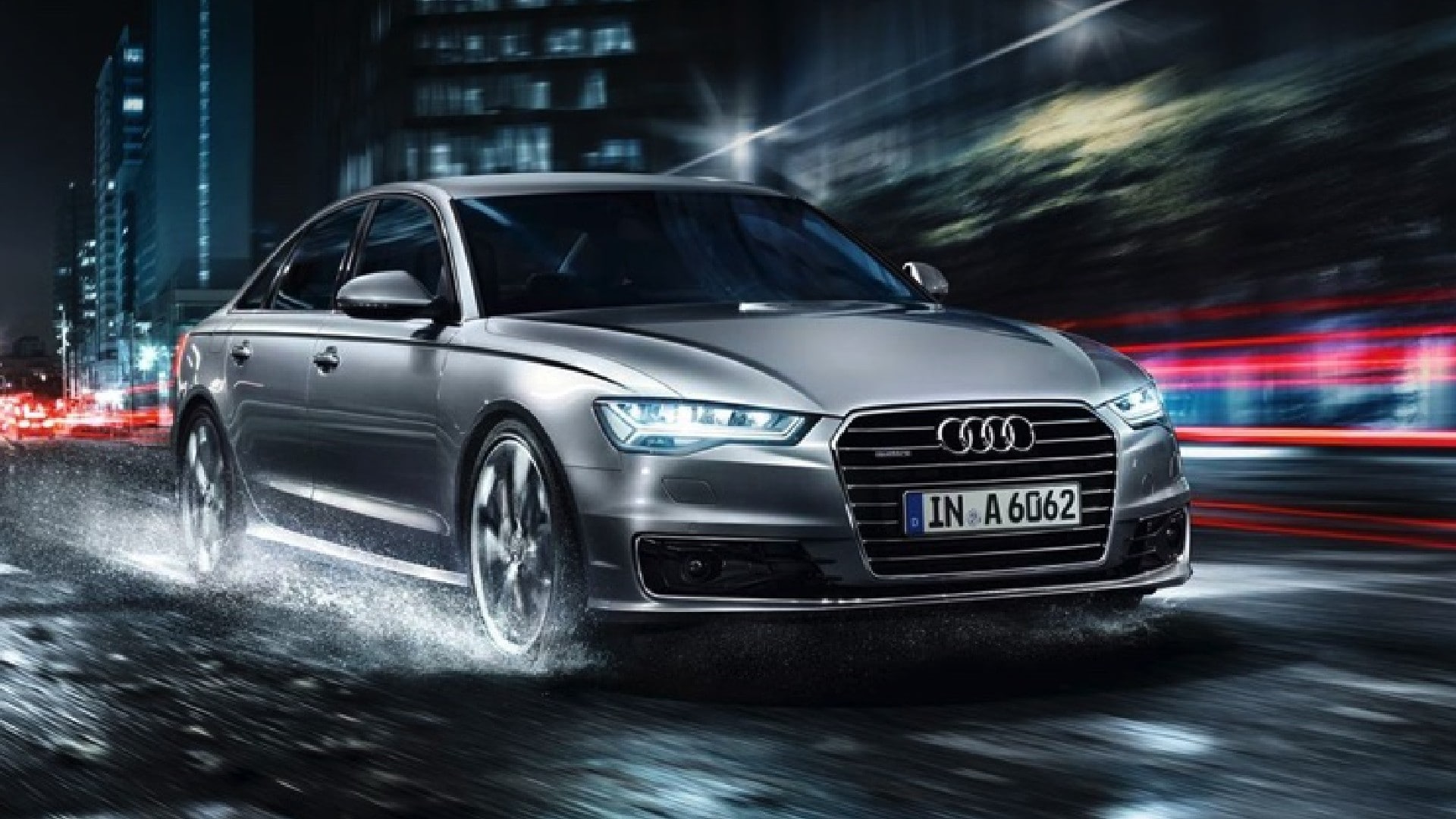Driving in monsoon seasons is a challenging affair that can be eradicated if these top tips are followed. Almost everyone savors the Monsoon season in India. However, certain precautions must be undertaken not only for yourself but also for your vehicle. Driving in rains can be an ordeal with slippery, wet, and broken surfaces concealed beneath the waterlogged roads.
It requires a motorist to be conscious of such hurdles and be deft with these driving skills. Here are some Best Tips on Monsoon driving that will surely help you to surmount certain obstacles while you’re headed somewhere.
Maintain a safe Tyre Tread level
As technology advanced, tires with treads that are similar to groves are being used in modern cars. Such tires feature indentations on the rubber surface, which compress water when it strikes the surface and eludes from underneath the tire, thereby keeping traction intact between the tire and the road surface. These provide a good payoff in the form of increased grip and enhanced driver confidence. It is paramount to ensure that the tread depth is a minimum of 1.5 to 2 mm. To help you judge if your vehicle’s tire has been through many abrasions, there are ‘pointers’ marked on the tread, indicating if they are worn out and need to be replaced.
Monitor your vehicle’s brakes
Speed thrills but it also kills. So, make sure that your vehicle’s brakes are working well, and if it is necessary to replace the brake pads, replace them as soon as possible, as driving in deluged roads can be pretty tricky at some times. It becomes crucial to bring the vehicle to a halt within time to avoid fishtailing or bumping in the car ahead of you. The new-age machines equiped with ABS and EBD to avoid zigzag motion and enhance the vehicle’s grip but taking this measures will protect your and your vehicle’s life too.
Make sure the wiper blades aren’t developing signs of aging.
Rains can be as wayward as possible. Sometimes drizzle can suddenly transform into heavy downpours, testing your car’s wiper’s ability to maintain a clean windshield. Worn-out wiper blades can leave cuts and cracks on the car’s glass area, thereby impinging visibility, limiting the glass area’s safety, and giving it an unbelievable look. So, make sure the wiper blades are of excellent quality and replace them from time to time. Also, make sure the washer liquid is topped up regularly to prevent the stains of mud and other substances from clinging to the glass.
Use the correct lights every time.
Rain and cloudy weather impede visibility significantly. So, keep your headlights on at all times while traveling as it helps others determine the distance and direction of their vehicle from yours. Don’t use the hazard light as a motorist might conclude that you’re driving at a slow pace when you would have actually stopped. This can lead to a collision. Also, it would be preferable to use a low beam (dipper) so that it doesn’t dazzle the motorists approaching on the opposite side.
Keep tools to escape in case of the door getting jammed.
Often when the water level is too high, the car doors get jammed by severe water pressure. It’s a good idea to have tools for breaking the glass or windshield in such cases. It is also possible to smash and break the mirror with a fire extinguisher. Metal sliders on headrests can also be used. Alternatively, many cars allow boot access through the cabin itself by simply tumbling the rear bench down. This technique can also be used to exit the vehicle in emergency contingencies.
Maintain safe distance
As the roads are slippery and visibility is poor, judging the distance between your vehicle and the one ahead of you can be difficult, and many times, the braking might not happen as you’d have thought, leading to accidents. Hence, it is advisable to maintain a fair amount of distance sufficient for the car to come to a halt and drive at slow speeds.
Drive at high RPMs and make sure there isn’t any shortage of fuel
Additionally, when maneuvering through waterlogged roads, driving at high RPMs in 1st gear and not slowing down is the key to prevent water from entering the exhaust and car from stalling. As this requires much more pull, make sure your vehicle isn’t running on low fuel.
